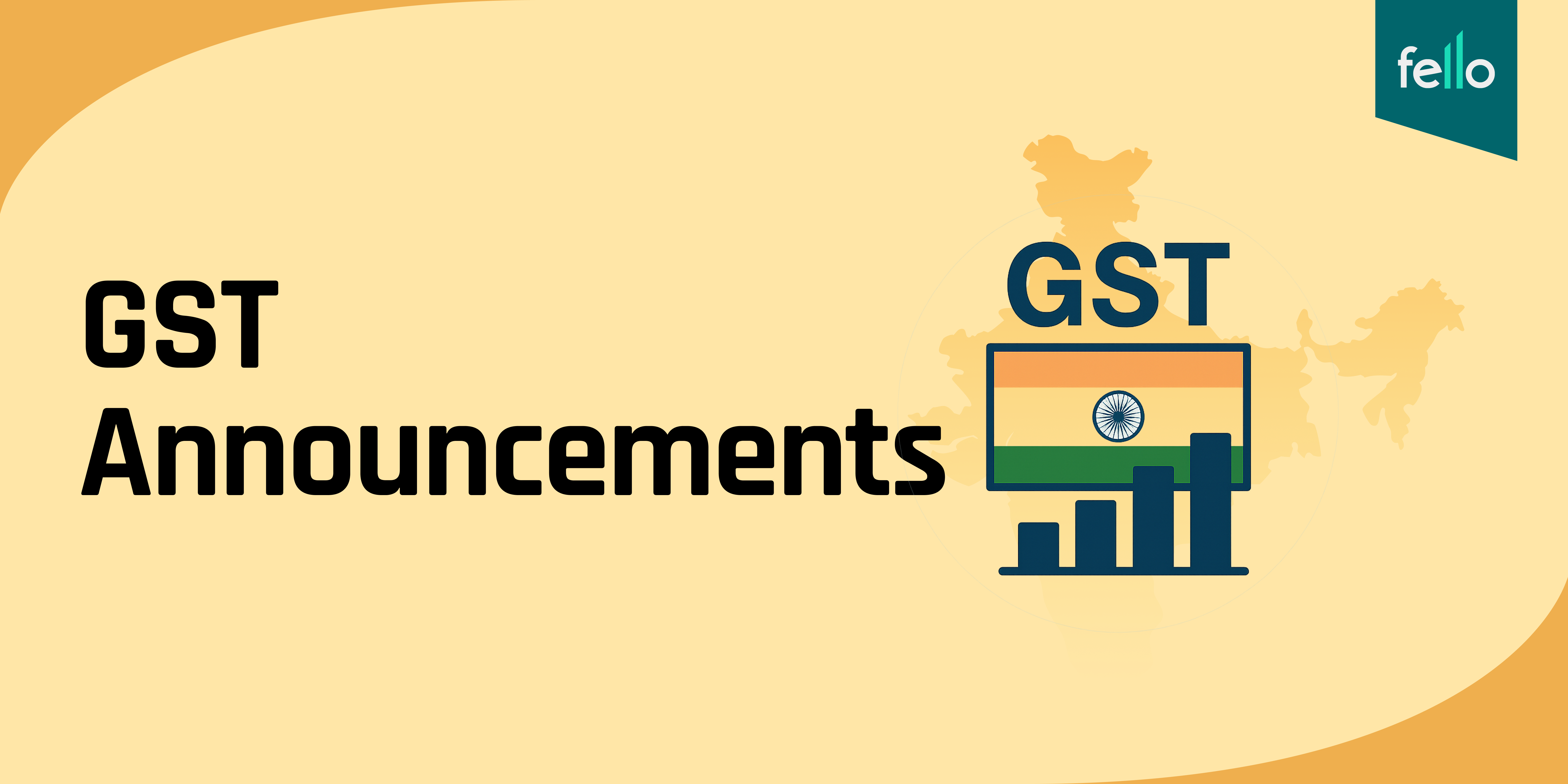The Goods and Services Tax (GST) is one of the most dynamic aspects of India’s financial landscape. Every year, several GST announcements shape how businesses file taxes, how consumers pay for goods and services, and how the overall economy grows. Staying updated with the latest GST announcements is crucial for entrepreneurs, professionals, and even ordinary taxpayers who want to plan their finances better.
Click here to know all about GST
Why GST Updates Matter
The GST regime in India was introduced in 2017 to simplify indirect taxation by replacing multiple state and central taxes with a single, unified system. But since its introduction, the structure has gone through multiple revisions.
Every new GST announcement can bring changes such as:
- Revised tax rates on goods and services
- Introduction or removal of slabs (5%, 12%, 18%, 28%)
- Compliance deadlines and digital filing requirements
- Rules for small businesses and startups
- Clarifications on exemptions or cess.
For both businesses and consumers, understanding these updates is essential to avoid penalties, optimise costs, and make smarter financial decisions.
Key Highlights from Recent Announcements
Here’s a look at some of the important GST announcements in recent times:
| Announcement | Impact |
|---|---|
| Rate rationalisation | Movement of certain items from 28% to 18% slab, making consumer durables more affordable. |
| Digital compliance push | Mandatory e-invoicing for businesses above a certain turnover, increasing transparency. |
| GST Council reforms | Proposal to simplify slabs by reducing multiple categories and merging them. |
| Relief for small businesses | Higher threshold for mandatory GST registration, easing compliance burden. |
| Seasonal updates | During festive seasons, governments sometimes reduce GST on essentials to boost consumption. |
GST Announcements and Their Effect on Consumers
For the common man, GST announcements directly affect day-to-day expenses. For example:
- A cut in GST rates on food items, sanitary napkins, or household essentials reduces household bills.
- Lower GST on electronics or appliances during festive seasons helps consumers save while upgrading their lifestyle.
- On the other hand, hikes in GST on luxury items, tobacco, or alcohol increase costs as part of government efforts to curb non-essential consumption.
GST Announcements and Their Effect on Businesses
Businesses, especially SMEs and startups, are directly impacted by GST reforms. Some examples include:
- Cash flow impact: Higher tax rates on inputs may raise operational costs.
- Compliance load: Delays in quarterly filings or mistakes in e-invoicing can attract penalties.
- Competitive edge: Lower GST rates on key goods/services allow businesses to price competitively and attract more consumers.
For exporters, simplified GST refunds improve liquidity and boost international competitiveness.
Challenges with GST Announcements
While GST aims for uniformity, frequent changes can cause confusion. Small businesses often struggle with:
- Adapting quickly to digital platforms for compliance
- Hiring professionals for updated tax planning
- Managing cash flow when rates increase unexpectedly
Hence, while GST announcements bring benefits, they also create short-term hurdles.
Preparing for Future Announcements
Here are some tips for businesses and individuals to stay ready:
- Track GST Council meetings – Key announcements usually follow them.
- Use compliance software – Automates filings and reduces errors.
- Consult experts – Especially if your business spans multiple states or sectors.
- Plan finances in advance – Expect rate hikes or cuts and adjust your pricing/savings.
Conclusion
From tax rates to compliance rules, GST announcements affect everyone, whether you are a consumer buying essentials or a business running daily operations. Keeping track of these updates helps in better financial planning, smarter consumption, and avoiding unnecessary penalties.
As India moves toward GST 2.0, future announcements are expected to simplify the system even more, reduce slabs, and boost transparency.

